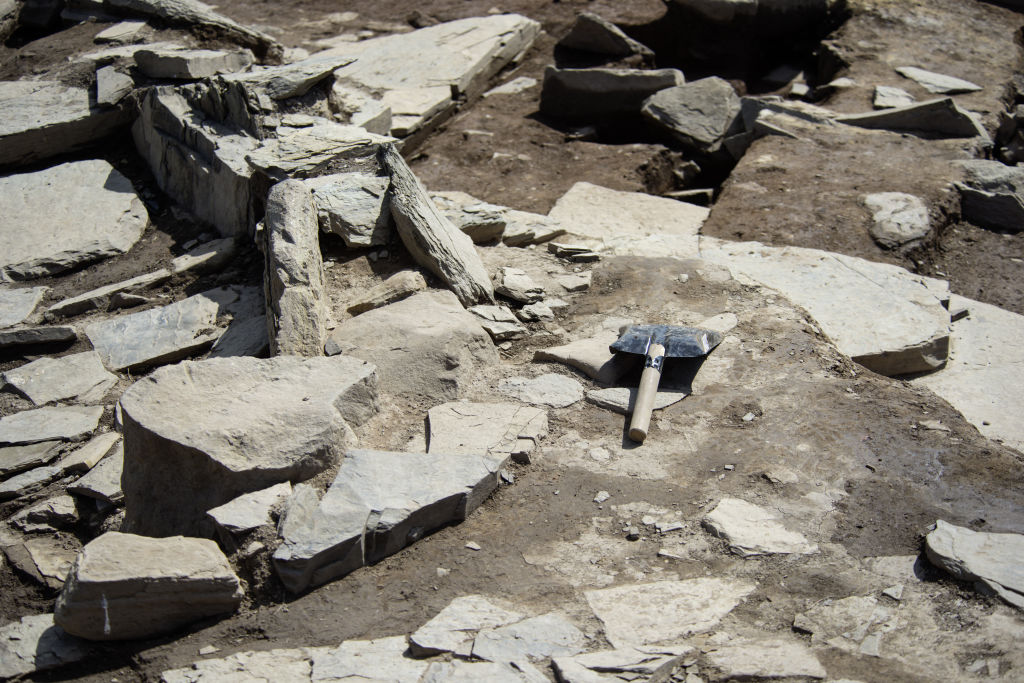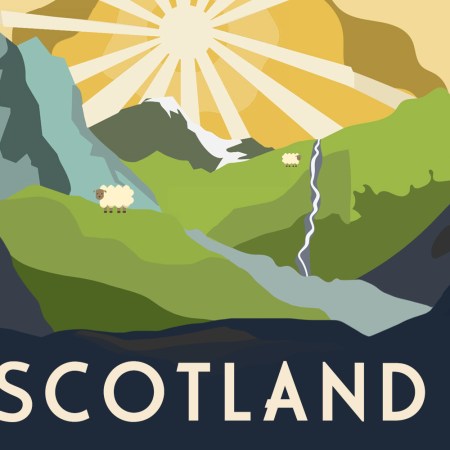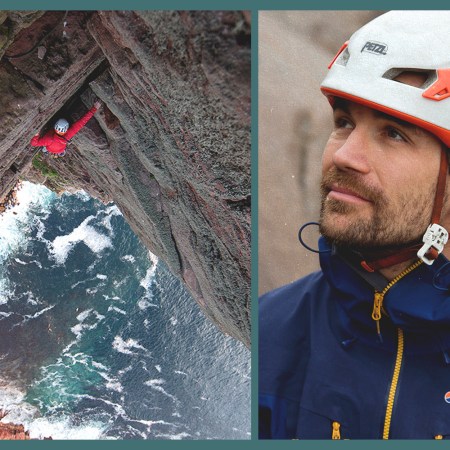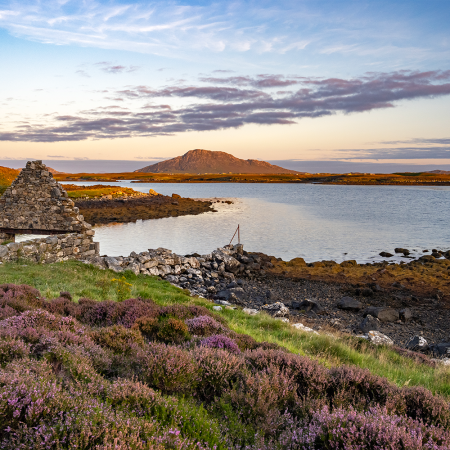When you hear the name of the Scottish region of Orkney, what’s the first thing that comes to mind? For a lot of people, the answer might involve whisky — and for good reason. There’s a lot of excellent Scotch produced there, after all, and some of your favorite distilleries call the region home. But it’s also a hotspot for history buffs and archaeological enthusiasts. Why? Because a number of sites in Orkney offer clues as to how people lived thousands of years ago.
The latest discovery, as Smithsonian Magazine reports, involved the finding of a pair of wooden stakes in the Ness of Brodgar. The stakes are 5,000 years old, and while their condition isn’t great — which is not surprising given that this wood is several centuries older than the Pyramids — they offer scientists an opportunity to learn more about the people who called the region home.
The Ness of Brodgar itself has been the site of a wide range of archaeological activity since 2006. As a National Geographic report from 2012 points out, the site includes a number of notable features, including northern Europe’s oldest painted walls.
Writing in The Guardian in 2012, Robin McKie explained the importance of the Ness of Brodgar. “In size and sophistication, the Ness of Brodgar is comparable with Stonehenge or the wonders of ancient Egypt,” wrote McKie. “Yet the temple complex predates them all.”
Adding to its mystery, McKie notes, is Orkney’s relative remoteness. It’s a place full of mysteries — ones we’re only beginning to fully understand millennia later.
Thanks for reading InsideHook. Sign up for our daily newsletter and be in the know.


















